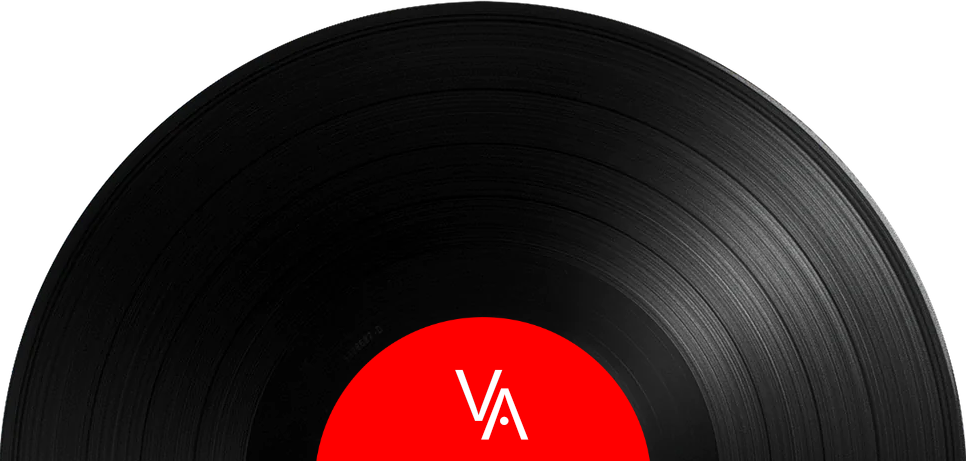



LP

CD

I don't know why I sometimes end up with multiple copies of the same recording. This is one of them, and as the LP is somewhat rare I have had the CD for a few years. I really like Gerry Mulligan a lot but couldn't find this record anywhere. Well, not at a reasonable price and in reasonable condition. I can't remember where or when I first heard Night Lights, but I've been looking for it ever since and somewhere along the way acquired the CD more-or-less as a place holder.
I think this is one of Mulligan's prettiest recordings and it's been out of print long enough to become scarce, which makes it the kind of record you look for on eBay, which in turn means it's going to be expensive. But I don't go looking for collectible records on eBay expecting to find deals. In fact, I don't look for records on eBay at all. This is the first time I've ever done it and I don't know what possessed me to do so, but I made a bid and won the auction and now here I am - $130 poorer - with both the record and the CD in my possession. This particular vinyl copy is a highly regarded Japanese pressing. The CD is a 1990 Verve Special Products DDD (all digital) reissue.
First impressions: the covers are noticeably different. The artwork - a strikingly beautifully nighttime skyline painting by artist Oliver Hardimon that I believe is also named Night Lights - is the same, but the LP cover offers a wider view, (just as it does with the music, as it turns out). But more on that later. The CD cover has been cropped side and bottom (see below), and I don't think whoever did it gave it much thought. "Just make it fit the CD jewel case," is probably what he or she was instructed to do. And that's a shame because it's a beautiful painting. When I'm holding the LP in my hands I feel as though I'm holding a piece of art (which, technically, every album cover is). But you know what I mean.
The sound: in a word, this record is nothing short of exquisite. It is lush and full of spaciousness and all the little details are easily heard. As my wife said, after listening to the title track, which opens six one: "that was lovely!" And it really was. It also helps that this record is in immaculate NM condition. It is supposedly unplayed, and while it at least looks like it's never been played - and while that was the hype on the seller's eBay website - I don't really believe it. I'm not labelling anyone a liar, but how could this record never have been played? Either way, the bottom line is whoever owned it prior to me took very good care of it. I imagine it was acquired from the estate of of an old Japanese audiophile record collector with exceedingly good habits (note: this assumption completely ignores the fact that the record was shipped from Italy). Anyway, I'm delighted I found this particular copy because they don't generally exist, not in such good condition, and I certainly never expected to find one without at least a few nicks and scratches. It is, after all, 30 years since this pressing was released.
Night Lights was recorded in September, 1963, at Nola Penthouse Studios, in New York, for the Philips label. Tommy Nola - who has been at the controls for everyone from Ahmad Jamal to Zoot Sims - was in the engineering booth with his Ampex recorders to capture the music at 15 inches per second. This record has also been reissued over time on other labels including Mercury, Universal Music and Jazz Door (one of the European rip-off labels that exploit expired copyrights), but they don't sound anywhere near as good as this. The Jazz Door reissue is, in a word, terrible.
Don't get me started.
This pressing, as wonderful as it sounds, doesn't offer up anything revolutionary. That's not what this is. Mature and confident in its simplicity, it partly succeeds because of what it doesn't deliver, the notes that aren't in the spaces that have been left intentionally empty. It's lean and well considered. There isn't an ounce of bloat.
Thing is, a lot of what's not here - the breathy silences, the barely audible soft swish of Dave Bailey's brushes on the drum skins, all that space - really isn't there on the CD, and therein lies the difference between the two mediums. The CD doesn't sound bad, it's just nowhere near as good as this LP. There's much more music on the record, and I have to believe this is down to the limitations of the CD's technology. Back-to-back it is very much obvious, which makes this LP …
CD
I don't know why I sometimes end up with multiple copies of the same recording. This is one of them, and as the LP is somewhat rare I have had the CD for a few years. I really like Gerry Mulligan a lot but couldn't find this record anywhere. Well, not at a reasonable price and in reasonable condition. I can't remember where or when I first heard Night Lights, but I've been looking for it ever since and somewhere along the way acquired the CD more-or-less as a place holder.
I think this is one of Mulligan's prettiest recordings and it's been out of print long enough to become scarce, which makes it the kind of record you look for on eBay, which in turn means it's going to be expensive. But I don't go looking for collectible records on eBay expecting to find deals. In fact, I don't look for records on eBay at all. This is the first time I've ever done it and I don't know what possessed me to do so, but I made a bid and won the auction and now here I am - $130 poorer - with both the record and the CD in my possession. This particular vinyl copy is a highly regarded Japanese pressing. The CD is a 1990 Verve Special Products DDD (all digital) reissue.
First impressions: the covers are noticeably different. The artwork - a strikingly beautifully nighttime skyline painting by artist Oliver Hardimon that I believe is also named Night Lights - is the same, but the LP cover offers a wider view, (just as it does with the music, as it turns out). But more on that later. The CD cover has been cropped side and bottom (see below), and I don't think whoever did it gave it much thought. "Just make it fit the CD jewel case," is probably what he or she was instructed to do. And that's a shame because it's a beautiful painting. When I'm holding the LP in my hands I feel as though I'm holding a piece of art (which, technically, every album cover is). But you know what I mean.
The sound: in a word, this record is nothing short of exquisite. It is lush and full of spaciousness and all the little details are easily heard. As my wife said, after listening to the title track, which opens six one: "that was lovely!" And it really was. It also helps that this record is in immaculate NM condition. It is supposedly unplayed, and while it at least looks like it's never been played - and while that was the hype on the seller's eBay website - I don't really believe it. I'm not labelling anyone a liar, but how could this record never have been played? Either way, the bottom line is whoever owned it prior to me took very good care of it. I imagine it was acquired from the estate of of an old Japanese audiophile record collector with exceedingly good habits (note: this assumption completely ignores the fact that the record was shipped from Italy). Anyway, I'm delighted I found this particular copy because they don't generally exist, not in such good condition, and I certainly never expected to find one without at least a few nicks and scratches. It is, after all, 30 years since this pressing was released.
Night Lights was recorded in September, 1963, at Nola Penthouse Studios, in New York, for the Philips label. Tommy Nola - who has been at the controls for everyone from Ahmad Jamal to Zoot Sims - was in the engineering booth with his Ampex recorders to capture the music at 15 inches per second. This record has also been reissued over time on other labels including Mercury, Universal Music and Jazz Door (one of the European rip-off labels that exploit expired copyrights), but they don't sound anywhere near as good as this. The Jazz Door reissue is, in a word, terrible.
Don't get me started.
This pressing, as wonderful as it sounds, doesn't offer up anything revolutionary. That's not what this is. Mature and confident in its simplicity, it partly succeeds because of what it doesn't deliver, the notes that aren't in the spaces that have been left intentionally empty. It's lean and well considered. There isn't an ounce of bloat.
Thing is, a lot of what's not here - the breathy silences, the barely audible soft swish of Dave Bailey's brushes on the drum skins, all that space - really isn't there on the CD, and therein lies the difference between the two mediums. The CD doesn't sound bad, it's just nowhere near as good as this LP. There's much more music on the record, and I have to believe this is down to the limitations of the CD's technology. Back-to-back it is very much obvious, which makes this LP …


